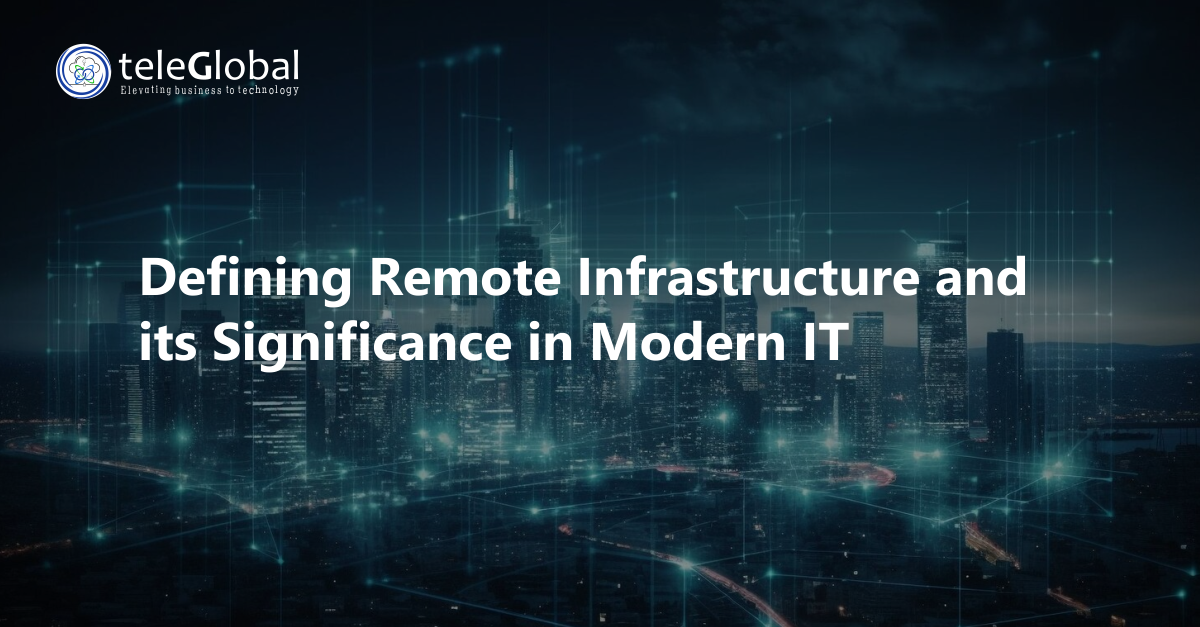
| Author: Abhinita Singh | Published: 11-Feb-2023 |
Modern IT systems must adapt quickly. Server rooms no longer fit with remote work and cloud expansion. That’s where Remote Infrastructure Management (RIM) comes in.
RIM allows IT teams to manage hardware, apps, and networks from anywhere. It keeps systems running, secure, and efficient without needing teams to be on-site.
Remote Infrastructure management means managing infrastructure from a distance. This includes servers, network gear, user desktops, storage systems, databases, and help desks.
Often, RIM is handled by external experts or remote teams using cloud tools. These teams oversee daily performance, security, and user support.
IT has changed. Cloud tools, hybrid offices, and remote teams need new ways to manage systems.
RIM offers key benefits:
Several studies highlight RIM’s impact:
On-site teams need physical access, travel, and stronger staffing. RIM removes those needs.
With RIM, many tasks are automated like patching, monitoring, and incident response. Teams only need to step in when actual hardware fixes are required. This saves costs and boosts uptime.
Inside a Remote Infrastructure Management System
What does a typical remote infrastructure management system include?
With RIM, experienced teams keep infrastructure safe, efficient, and always available.
The remote infrastructure management market is growing fast:
RIM works through strong tools from trusted vendors. Examples include:
For example, Opengear provides secure access to remote servers during outages without being on-site.
RIM brings smart advantages:
Many businesses rely on managed services for IT infrastructure. These providers offer full RIM support:
This model works well for small teams or wide networks that need top-tier support.
RIM isn’t just about uptime. It also handles IT infrastructure risk management:
Remote infrastructure often involves remote access. Here are key features for selecting best remote desktop software:
Popular tools include tools like RealVNC, but businesses should test what works best for their users.
Remote infrastructure is now part of modern IT operations. It helps businesses stay nimble, secure, and cost-effective. Managing IT remotely is no longer a novelty, it’s a necessity.
We at Teleglobal offer trusted remote infrastructure management solutions. Our services ensure your systems stay online, safe, and aligned with business needs.
RIM in IT stands for Remote Infrastructure Management, which is managing IT systems remotely.
It’s managing servers, networks, and desktops from afar, often via external support or cloud tools.
A platform that allows remote access, monitoring, security, support, and system controls.
They cut costs, bring global control, boost uptime, and speed up support.
RIM is a remote version of IT infrastructure management, offering oversight without being on-site.
Yes, many managed service providers offer full RIM support as part of their offerings.
The market was about $43 billion in 2024 and may exceed $116 billion by 2033 with 11% CAGR.
 close
close

Hi there! At TeleGlobal, we turn your cloud vision into AI-accelerated reality. What challenge can we help you solve?
Powered by ![]() teleBot
teleBot